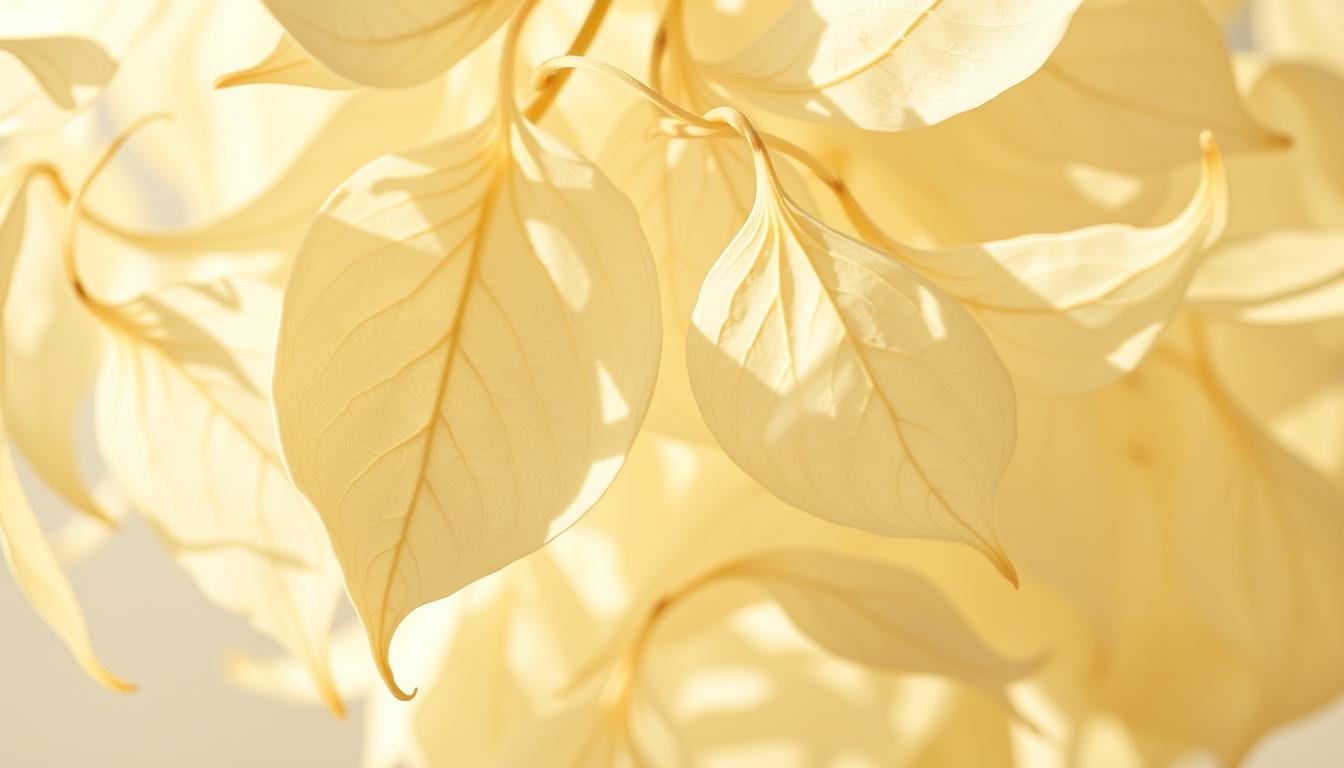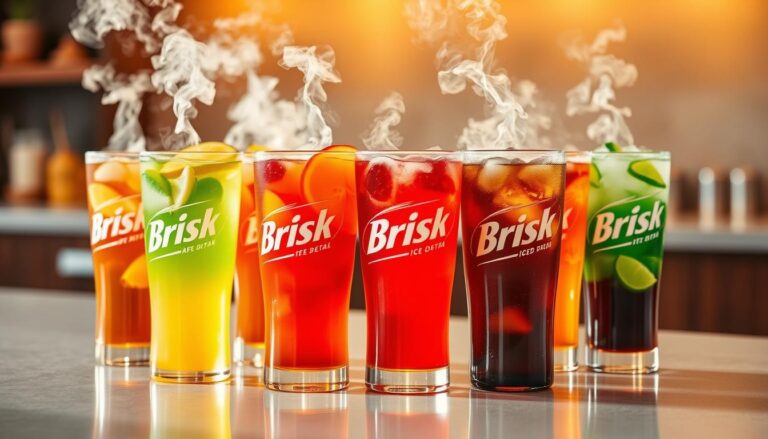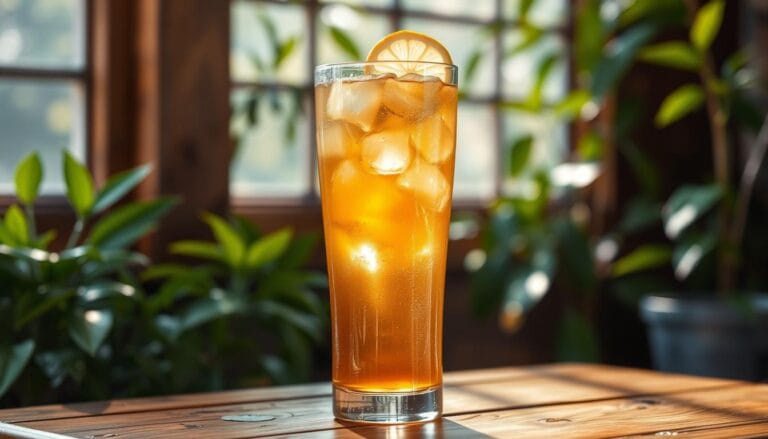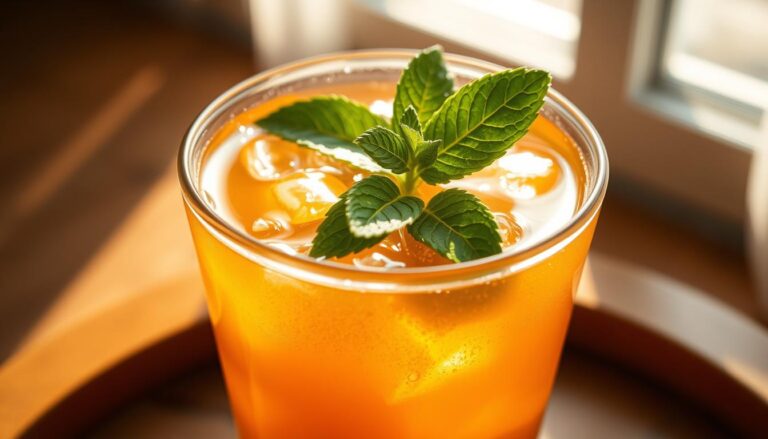How to Make Iced Tea: 5 Easy Steps for a Perfect Refreshing Drink
How to Make Iced Tea: 5 Easy Steps for a Perfect Refreshing Drink
Every morning, I hold my favorite mug, watching steam rise from white tea leaves. White tea is more than just a drink—it’s a secret to wellness and flavor that changes your day.
Have you ever thought about what makes white tea special? Unlike other teas, white tea is gentle on your caffeine intake. It tells stories of tradition, health, and calm that many are just starting to learn.
Let’s explore white tea together. You’ll learn five key things that will change how you see this amazing drink. From its history to its health perks, white tea is about to become your new wellness friend.
Table of Contents
Key Takeaways
- White tea contains less caffeine compared to other tea varieties
- Brewing techniques significantly impact caffeine extraction
- White tea offers remarkable antioxidant properties
- Origin and processing method influence tea’s caffeine content
- Mindful consumption can maximize white tea’s health benefits
Understanding White Tea and Its Origins
White tea is a unique and delicate drink loved by many. Its light flavor makes it perfect for hot summer days. It comes from China’s Fujian province, offering a refreshing taste unlike others.
White tea is known for being minimally processed. This makes it different from other teas. It’s made from the youngest tea buds and leaves, dried gently to keep them delicate.
Discovering the Essence of White Tea
White tea has some amazing qualities:
- It’s minimally processed, keeping its natural nutrients
- It has a delicate, light flavor
- It’s packed with antioxidants
- It has less caffeine than other teas
A Journey Through White Tea’s Historic Roots
The history of white tea goes back to the Song Dynasty in China. It was a luxury for royal courts. Tea masters in Fujian province created special techniques to make this top-quality drink.
White tea is the purest form of tea, capturing centuries of tradition in every sip.
Now, white tea is enjoyed worldwide. It’s great for cold tea drinks, especially in summer.
The Caffeine Content in White Tea
Knowing how much caffeine is in white tea helps you choose better drinks. White tea is a gentle way to get caffeine, perfect for those who want less. It’s a great choice for a lighter drink than usual.
Caffeine Levels Unveiled
White tea has less caffeine than other teas when you make iced tea at home. The amount can change based on a few things:
- Tea leaf type and quality
- Brewing time
- Water temperature
- Processing method
Comparing Caffeine in Tea Varieties
Here’s a look at caffeine in different teas:
| Tea Type | Caffeine Content (per 8 oz) |
|---|---|
| White Tea | 15-30 mg |
| Green Tea | 35-70 mg |
| Black Tea | 47-90 mg |
For a sweet tea with less caffeine, white tea is a great pick. Its light caffeine makes it perfect for a cool, refreshing iced tea.
How you brew your tea affects its caffeine. Shorter steeping times and lower water temperatures help control caffeine in white tea.
Health Benefits of White Tea
White tea is more than just a tasty unsweetened tea. It has a unique mix of nutrients that help your health. This makes it stand out among other herbal iced teas.
It’s full of antioxidants that boost your health. Drinking white tea can change your daily routine for the better.
Antioxidants: Your Body’s Natural Defenders
White tea has lots of polyphenols and catechins. These are strong antioxidants. They protect your body from damage caused by free radicals.
- Neutralizes cellular damage
- Supports immune system function
- Reduces inflammation
Supporting Weight Management Goals
Looking for a tea to help with weight loss? White tea might be what you need. It can help speed up your metabolism and burn fat.
| White Tea Benefit | Potential Impact |
|---|---|
| Metabolism Boost | Increases calorie burning |
| Fat Oxidation | Supports fat breakdown |
| Low Calorie | Zero calories when unsweetened |
White tea is a gentle yet effective way to support your health. It’s a great choice for those looking to improve their wellness.
Factors That Affect Caffeine Levels in White Tea
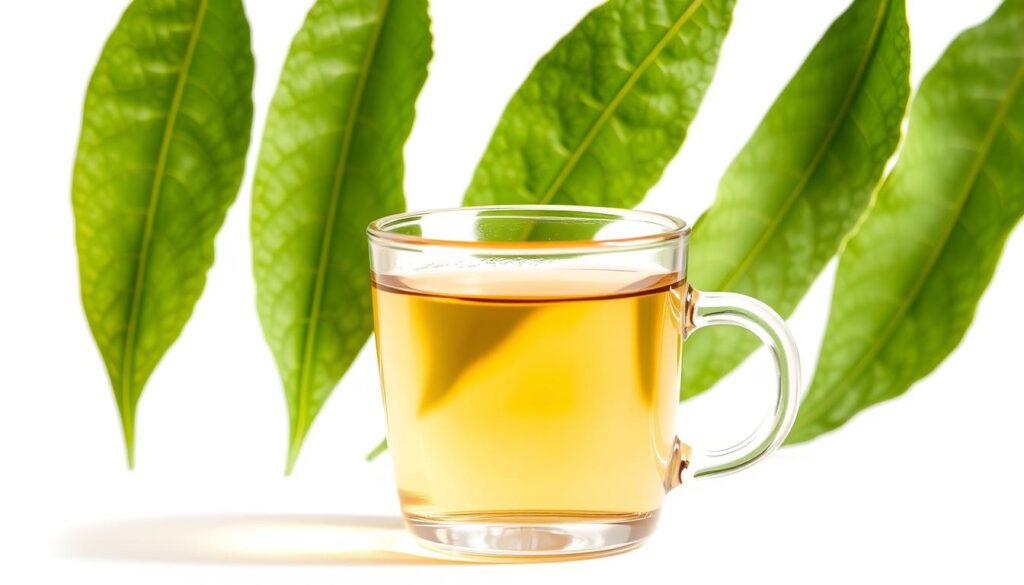

Learning about white tea preparation can help you control its caffeine. This lets you make the perfect tea. Several factors affect how much caffeine is extracted during brewing.
When making iced tea with white tea, pay attention to these important elements:
Tea Type and Leaf Quality
The caffeine in white tea changes a lot because of several things:
- Leaf age: Younger tea buds have more caffeine
- The season it’s harvested in affects caffeine levels
- How it’s processed also changes caffeine levels
Brewing Parameters
Your brewing method is key to caffeine extraction. Think about these points:
- Water temperature greatly affects caffeine release
- Brewing time also affects caffeine levels
- Steeping method can change caffeine content
Hotter water and longer brewing times pull out more caffeine. For less caffeine, use cooler water and shorter steeping.
Pro tip: Cold brewing for iced tea helps manage caffeine while keeping flavors delicate.
How to Enjoy White Tea for Maximum Benefit
White tea is a delicate and refreshing drink when made right. Learning how to brew it can make your tea time a special wellness moment.
Making the best iced tea recipe needs precision and care. Your brewing method affects the taste, smell, and health perks of white tea.
Mastering Brewing Practices
To brew iced tea with white tea, pay attention to a few important things:
- Use fresh, filtered water at temperatures between 170°F and 185°F
- Steep white tea leaves for 1-3 minutes to prevent bitterness
- Choose high-quality, loose-leaf white tea for the best results
“The art of tea is a delicate dance between temperature, time, and technique.” – Tea Enthusiast
Serving Size Recommendations
Your white tea serving size depends on what you like and how you brew it. For a standard serving, consider:
- Hot tea: 8-12 ounces per serving
- Iced tea: 12-16 ounces, with extra brewing strength
- Cold brew method: Use more tea leaves for concentrated flavor
Try different brewing methods to find your favorite white tea experience. Remember, each cup is a chance to explore new flavors and wellness.
Myths and Misconceptions About White Tea Caffeine
White tea is a favorite among cold tea drinks and summer beverages. But, many myths surround its caffeine content. Knowing the truth helps you choose the right tea.
Many people think wrong about white tea, missing out on its joy. Let’s clear up some common myths:
- Myth: White tea always has zero caffeineReality: White tea does have caffeine, but less than black or green tea. The amount depends on the type and how it’s brewed.
- Myth: White tea is only good for hot brewingWhite tea is great for cold tea drinks and summer beverages too. You can make refreshing iced tea that keeps its flavor.
- Myth: All white teas have the same caffeine levelThe caffeine in white tea can vary a lot. It depends on how the tea leaves are processed, when they’re harvested, and how you brew it.
Debunking Caffeine Anxiety
If caffeine worries you, white tea is a better choice. It has less caffeine than other caffeinated drinks. This makes it perfect for those who want a gentle energy boost.
“White tea provides a subtle energy boost without the jitters associated with stronger caffeinated beverages.” – Tea Experts Worldwide
To control caffeine in white tea, adjust brewing time and temperature. Shorter steeping means less caffeine. This lets you manage your caffeine intake better.
Decaffeinated White Tea Options
If you love white tea but want to cut down on caffeine, decaffeinated white tea is a great choice. It has the same great taste as white tea but without the caffeine buzz. This makes it perfect for those who enjoy making their own iced tea.
How tea is decaffeinated can affect its taste and health benefits. There are two main ways to remove caffeine from white tea:
- Carbon Dioxide (CO2) Method
- Ethyl Acetate Natural Solvent Method
Understanding Decaffeination Techniques
The CO2 method keeps more of the tea’s natural goodness. It uses pressurized carbon dioxide to take out caffeine. This way, the tea’s delicate flavor stays intact.
Flavor Comparisons
Decaffeinated white tea might taste a bit different than regular white tea. Some flavors might be lost during decaffeination. But, top brands try their best to keep the taste as close to regular as possible.
| Decaffeination Method | Flavor Preservation | Caffeine Removal Efficiency |
|---|---|---|
| CO2 Method | High | 97-99% |
| Ethyl Acetate Method | Medium | 95-97% |
When making homemade iced tea, try out different decaffeinated white teas. You might find one that you like better. Keep in mind, even decaf tea might have a tiny bit of caffeine left.
Combining White Tea with Other Ingredients
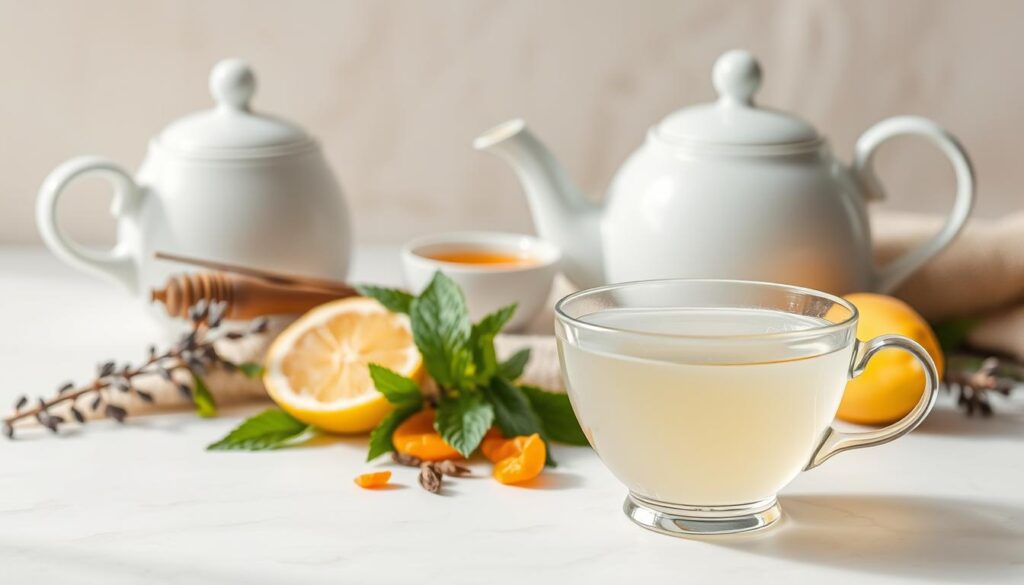

White tea is a delicate base for making unique sweet teas and herbal iced teas. Mixing different flavors can turn this subtle drink into a refreshing and healthy choice. It will surely please your taste buds.
Flavor Pairings You’ll Love
Creating the perfect white tea blend is exciting. Here are some great flavor combinations to try:
- Fruity options that complement white tea’s light profile:
- Peach – adds a soft, sweet undertone
- Lemon – brings a crisp, bright flavor
- Berries – provide natural sweetness and depth
Adding Health-Boosting Ingredients
Make your herbal iced teas even better with ingredients that taste great and are good for you:
- Fresh herbs to elevate your sweet tea:
- Mint – supports digestion and provides cooling sensation
- Lemongrass – offers citrusy notes and potential anti-inflammatory properties
- Ginger – adds warmth and potential immune-boosting effects
| Ingredient | Flavor Profile | Health Benefits |
|---|---|---|
| Peach | Sweet, delicate | Rich in vitamins A and C |
| Mint | Cool, refreshing | Supports digestive health |
| Lemon | Bright, tangy | High in vitamin C |
Exploring these creative combinations lets you make personalized white tea blends. They are both delicious and healthy. Let your imagination run wild and create the perfect sweet tea or herbal iced tea.
Tips for Choosing the Right White Tea
Choosing the right white tea can change how you enjoy your tea. White tea is known for its delicate taste and special qualities. Knowing how to pick the best white tea will make your iced and hot tea better.
- Look for whole, intact tea buds with a silvery-white look
- Check for a fresh, light smell that shows it’s good quality
- Find out where the tea comes from and when it was picked
- Make sure the packaging is right for storing the tea
What to Consider When Buying White Tea
When picking white tea, look at a few important things. Notice the tea’s look, where it’s from, and how it’s made. Loose leaf teas usually taste better than bagged ones when you make tea infusions.
Top White Tea Brands to Explore
Here are some top brands for white tea:
- Harney & Sons – Offers top-notch loose leaf teas
- Twinings – Known for quality and reliable sources
- The Republic of Tea – Has organic and eco-friendly white teas
- Adagio Teas – Provides a wide range of white teas
When making iced tea with white tea, pick brands known for quality and minimal processing. This way, you’ll get the best taste and flavor.
Final Thoughts on White Tea Caffeine
White tea is a delightful journey for those who love tea and care about health. Exploring white tea can lead to new flavors and wellness benefits. Whether you’re making an iced tea recipe or enjoying a hot brew, knowing its caffeine helps you choose wisely.
Cold tea drinks with white tea are a refreshing change from usual drinks. By trying different brewing methods and learning about caffeine, you can make teas that fit your life and taste. Brands like Teavana and Rishi Tea offer great white tea choices for your cooking.
Making Informed Choices
When picking white tea, think about where it comes from, its quality, and how it’s made. Your caffeine sensitivity should guide how much you drink. An afternoon iced tea with white tea gives a gentle energy boost, better than coffee or black tea.
Enjoying White Tea Mindfully
White tea encourages you to slow down and enjoy each sip. Knowing its unique qualities helps you appreciate it more. Remember, it’s all about balance and what you like best to enjoy white tea’s special benefits and taste.

